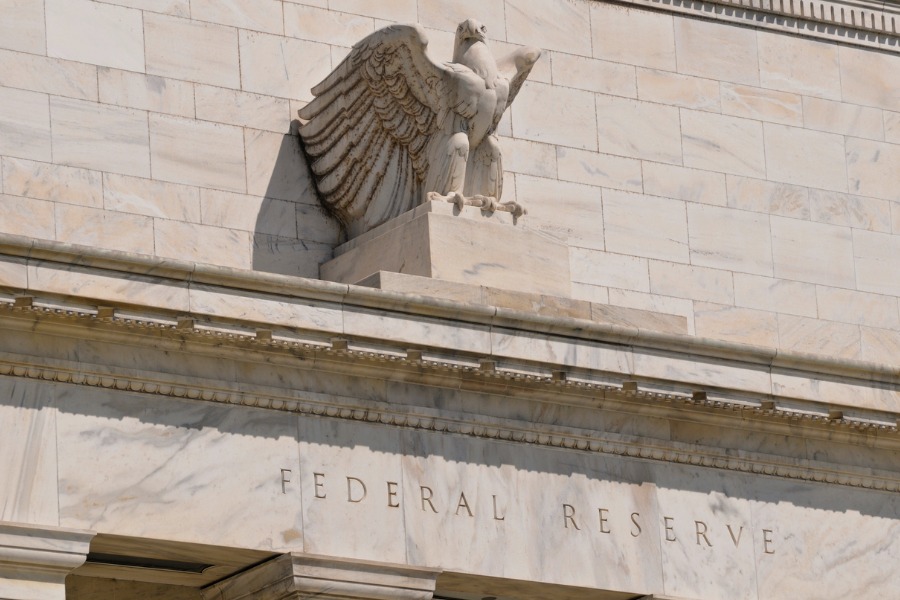

After a more than one-year period of borrowing costs held at a two-decade high, the Federal Reserve has finally decided to take a dovish turn on interest rates.
On Wednesday, the Federal Open Market Committee announced a reduction of 50 basis points, bringing the Fed funds rate down to the 4-3/4 to 5 percent range.
Markets had been expecting a rate cut for the past several weeks, ever since Fed Chair Jerome Powell's declaration at this year's Jackson Hole conference that "the time has come for policy to adjust."
While the central bank had telegraphed its plans to cut, by how much exactly was still very much up for debate. Many argued the Fed would act in typical central bank fashion with a 25-basis point adjustment, but others like fixed income luminary Jeffrey Gundlach said a case could be made for a bolder half percentage-point move.
"I get criticized, even though I'm right about this; the Fed just follows the two-year Treasury, and the two-year Treasury is down at 3.6%,” Gundlach told a crowd in attendance yesterday at the Future Proof Festival in Huntington Beach, California . “So the Fed needs to cover 150 pretty quickly. I think they're going to start with 50.”
In announcing its cut this afternoon, the FOMC cited several factors, including its progress on meeting its dual mandate.
"The Committee has gained greater confidence that inflation is moving sustainably toward 2 percent, and judges that the risks to achieving its employment and inflation goals are roughly in balance," it said in a statement.
"In assessing the appropriate stance of monetary policy, the Committee will continue to monitor the implications of incoming information for the economic outlook," the announcement continued, reaffirming the central bank's data-dependent approach.
The FOMC's 2024 calendar includes two more scheduled meetings – one in November, and again in December – giving it two more opportunities to cut and, if necessary, make course corrections on interest rates. As of now, Gundlach stands on the more aggressive end of the speculative spectrum, predicting a 0.25 percent cut in November and a larger 0.5 percent move to end the year.
For its part, the Fed has left the door wide open on its next steps.
"The Committee's assessments will take into account a wide range of information, including readings on labor market conditions, inflation pressures and inflation expectations, and financial and international developments," it said.

The leadership changes coming in June, which also include wealth management and digital unit heads, come as the firm pushes to offer more comprehensive services.

Strategist sees relatively little risk of the university losing its tax-exempt status, which could pose opportunity for investors with a "longer time horizon."

As the next generation of investors take their turn, advisors have to strike a fine balance between embracing new technology and building human connections.

IFG works with 550 producing advisors and generates about $325 million in annual revenue, said Dave Fischer, the company's co-founder and chief marketing officer.

Five new RIAs are joining the industry coalition promoting firm-level impact across workforce, client, community and environmental goals.
RIAs face rising regulatory pressure in 2025. Forward-looking firms are responding with embedded technology, not more paperwork.
As inheritances are set to reshape client portfolios and next-gen heirs demand digital-first experiences, firms are retooling their wealth tech stacks and succession models in real time.
